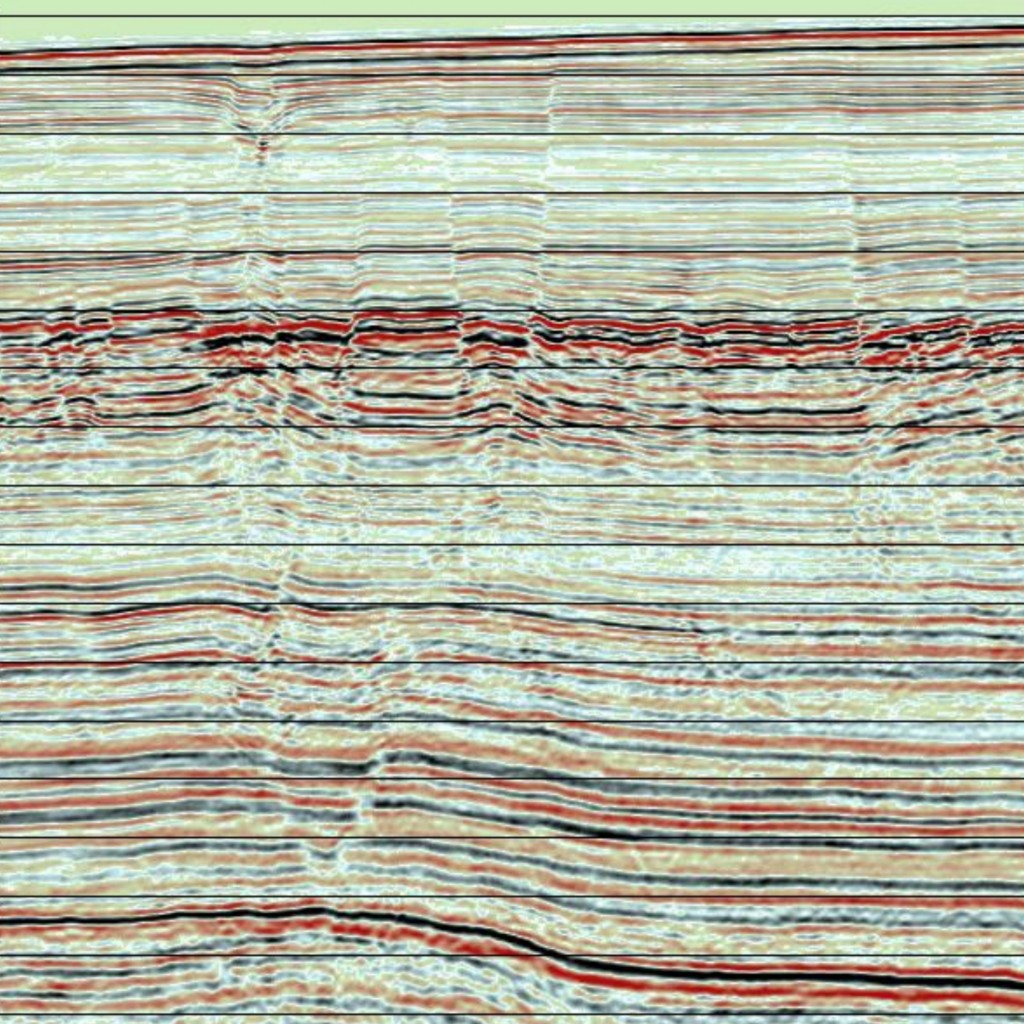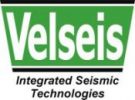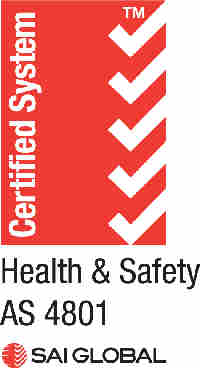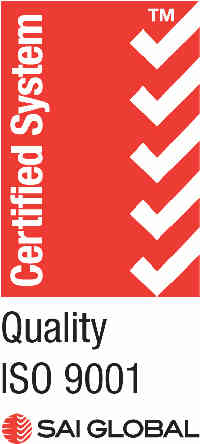 Velseis began offshore data processing in 1993 and has amassed vast experience processing 2D and 3D marine surveys from offshore Australia, New Zealand, PNG, as well as many other geographic locations around the world. Our team consists of some of the industries best marine experts who have an intimate working knowledge of the wide range of advanced technologies key for both 2D and 3D marine processing and imaging.
Velseis began offshore data processing in 1993 and has amassed vast experience processing 2D and 3D marine surveys from offshore Australia, New Zealand, PNG, as well as many other geographic locations around the world. Our team consists of some of the industries best marine experts who have an intimate working knowledge of the wide range of advanced technologies key for both 2D and 3D marine processing and imaging.
Velseis Processing invests heavily in technology, utilizing the latest pre-stack and imaging algorithms and workflows to assure maximum confidence in final results. We use a combination of proprietary custom written software along with a suite of commercial software including Shearwater’s Reveal, Landmark’s SeisSpace/Promax, Tsunami’s Imaging package, and Z-Terra’s Model Building and Imaging packages. From these software suites we have access to a full complement of leading edge technology for high end processing and imaging including
- Water Column Statics
- Acquisition Footprint Removal
- Denoise
- Linear, Swell, Seismic Interference
- De-Multiple
- 3D SRME, IME, SWD, HR Radon, Tau-P
- Broadband De-Ghosting
- 5D Interpolation
- Specialized OBC Processing
- Anisotropic PSTM/PSDM
- Kirchhoff, Beam, RTM
- High-Resolution Model Building
- Tomography, VTI, TTI, HTI
Velseis has an extensive toolkit to address all variety of multiple contamination that can exist within the data. In addition to Hi-Res Radon and Tau-p domain deconvolution, we routinely run SRME on all our marine projects. For those data with hard water bottom we find out SWD complements our SRME very well. Velseis’ Interbed Multiple Elimination (IME) is effective at removing interbed multiples while ensuring primary energy remains intact.
Velseis De-Ghosting solution has been favorably bench-marked by major oil and gas companies. It overcomes challenges posed by a rough sea state and variable or unknown cable depths which can cause simpler deterministic approaches to break down. Our advanced de-ghosting algorithm can remove both shot and receiver ghosts for data recorded with legacy, conventional, or broadband acquisition. It provides higher resolution images and improved low frequency signal for a superior inversion.


